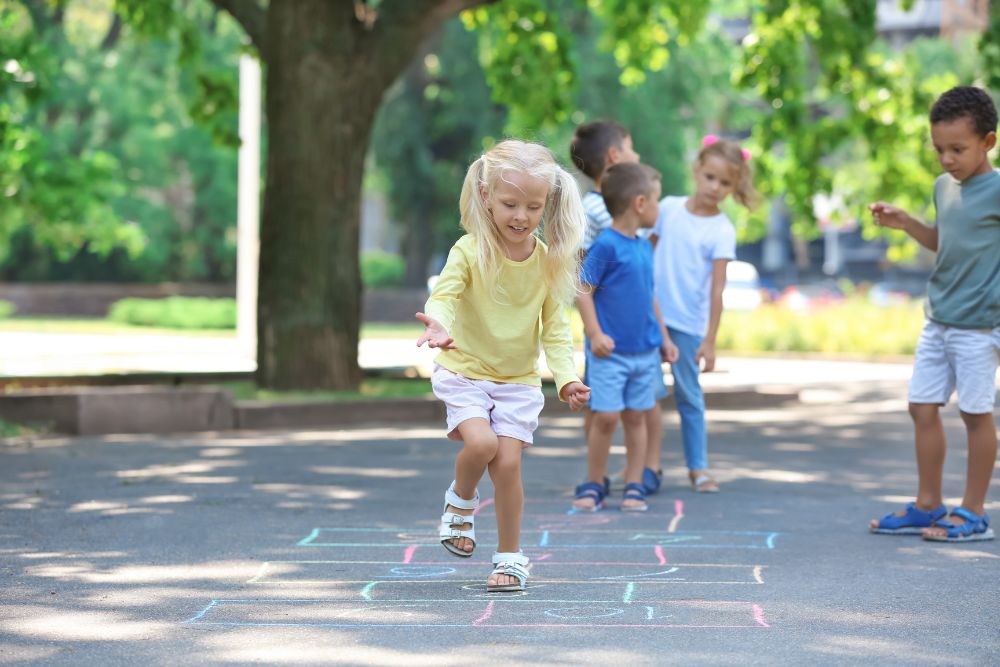Materials Required
- Digital device to view other positions, websites or other yoga resources such as yoga stories for children
- Yoga or similar mat (optional)
Preparation
Stretch – Have water nearby to remain hydrated – Soft, relaxation music
Method (or Ideas)
- Have a device ready with the images or print if desired, or watch the below video of the Discovery Space educator engaging in yoga with the children.
- Have a quiet space with plenty of room―may be inside or outside.
- Try each position slowly, one at a time
Facilitation Tips – What To Say
- How can you move your body in different ways?
- What shapes does your body make when you re-create each position?
- What other ways can you move your body?
Extend the Experience
- Encourage practice regularly, try new and different positions.
- Listen to yoga stories and create the positions as the story is told.
- Look further into meditation and mindful breathing, ways to calm your body.
- Create your own positions to a theme, such as animals or shapes.
- Create some yoga cards with your child from drawings of different yoga poses.
WHO Guidelines for Physical Activity & Sedentary Behaviour
This is a physical activity which involves concentration, balance, co-ordination, large and small physical movements, and simple stretching techniques.
Early Years Learning Framework
Outcomes
- Children take increasing responsibility for their own health and physical wellbeing
Principle
Principle 1: Secure, respectful and reciprocal relationships. Through a widening network of secure relationships, children develop confidence and feel respected and valued.
Practice
Practice: Learning through play. Play can expand children’s thinking and enhance their desire to know and to learn. In these ways play can promote positive dispositions towards learning. Children’s immersion in their play illustrates how play enables them to simply enjoy being.













